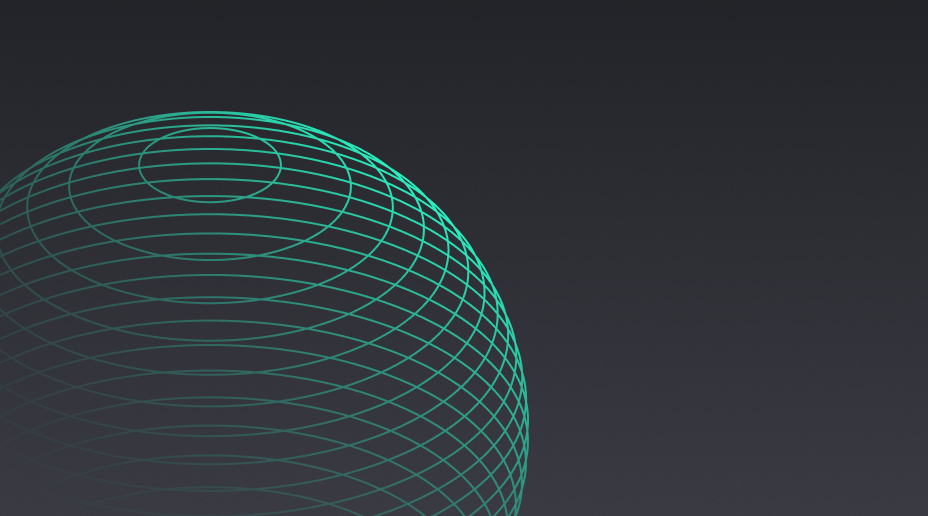Now, organizations are using Infrastructure as Code (IaC) for the fast management and provisioning of infrastructures. This probably comes at the need for advanced security measures to secure these infrastructure environments, which have transformed into dynamic environments. Enter in the Cloud Security Platform, which plays a vital role in securing the IaC deployments.
However, security is only one part of the puzzle; here, we will examine seven best practices for securing modern cloud infrastructure as well as how it is made by the cloud security platform.
What is a Cloud Security Platform?
Comprehensive solution feature that provides visibility, compliance, and threat detection across cloud environments. This includes
- The assessment of cloud configuration
- Monitoring the threat in real-time
- Protection of data
- Security for IAM
- Scans for Infrastructure as Code (IaC)
Therefore, platforms help teams discover misconfigurations, enforce security policies, and automate remediation-before-the event of threats emphasize that it would breach into things.
What is then referred to as IaC Security?
Infrastructure as Code (IaC) thus becomes used in managing and provisioning computing infrastructure through code and not by manual processes. Terraform, AWS CloudFormation, and Pulumi are the most commonly used modern tools for IaC.
Security measures around IaC would ensure that infrastrure code does not present security vulnerabilities in terms of :
- Open security groups
- Unencrypted storage buckets
- Over permissive IAM roles
- Hardcoded secrets or credentials
Gomboc’s guide to IaC security thus mentions that security in IaC is necessary for early prevention of risks in the DevOps lifecycle.
How a Cloud Security Platform Enhances IaC Security
The following are ways through which a cloud security platform contributes to a robust security posture for IAC:
1. Automated Code Scanning: Cloud security platforms can analyze IaC templates to help surface risky configurations. Scope automated scans to flag issues before the code reaches production, enabling shift-left security.
2. Policy-as-Code Enforcement: Security policies are codified and made applicable at build time. For instance, you can block deployments automatically if they do not adhere to encryption standards or public expose unnecessary IPs.
3. Drift Detection: Infrastructure drift when deployed environments start diverting from the prescribed IaC, which leads to security factors. It is where cloud platforms help monitor and fix such drifts.
4. Real-Time Alerts and Remediation: Highly advanced platforms link to the CI/CD pipelines and cloud provider to give real-time alerts and insights besides fully automated remediation for configuration errors or access violations.
Important Challenges in IaC Security
Though it is good, there are challenges involved in securing IaC:
- Tooling complexity: Multiple IaC tools and the provider would require setting platform-agnostic security policies.
- Developer Responsibility: They usually develop the software without knowing how set security would end up breaking the code.
- Fast-Changing: DevOps cycles change in a hurry, and an error can occur without enough security gates.
- Policy Governance: Difficulties arise when ensuring that the policies are uniform across teams and environments.
Best Practices for IaC and Cloud Security
To effectively secure your cloud infrastructure and IaC deployments, consider the following best practices:
-
Integrate IaC scanning into CI/CD pipelines
-
Use least privilege IAM principles
-
Monitor infrastructure drift regularly
-
Avoid hardcoding sensitive information
-
Leverage policy-as-code tools like OPA or Sentinel
-
Continuously educate teams on cloud and IaC security
Final Thoughts
Cloud security has ceased to be an option-it is a necessity. Following the best practices of Infrastructure as Code (IaC) and the comprehensive features of a Cloud Security Platform, organizations can create secure, scalable, and compliant cloud environments.
Just as IaC is becoming the base of modern DevOps, security for IaC must also become the priority through proactive scanning, policy enforcement, and automated remediation. A worthwhile investment in cloud defense mechanisms at present will save an organization from devastating breaches in the future.



